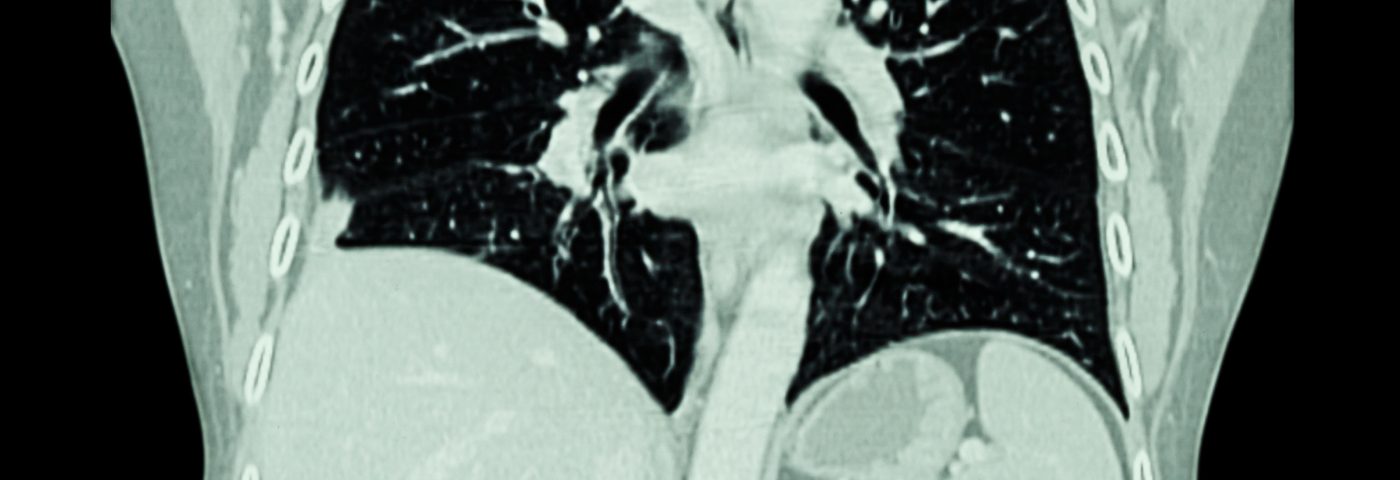A study of long-term outcomes in cancer patients found that nearly 1 in every 12 go on to develop other, unrelated cancers, especially lung cancer. According to researchers at the University of California in Los Angeles (UCLA), the findings point to the need for broader monitoring of cancer survivors than that now given.
For the study, the research team identified over 2.1 million patients – from the Surveillance, Epidemiology and End Results (SEER) database – with the most common types of cancer, including lung, prostate, breast, bladder, and colon cancers, and melanoma or non-Hodgkin’s lymphoma. The report was published in the journal Cancer and titled, “Risk of second primary malignancies among cancer survivors in the United States, 1992 through 2008.”
Findings revealed that 8% of the patients went on to develop a secondary, different cancer, the most common being lung cancer. Among those who developed a second type of cancer, 13% died of their primary cancer and 55% of their second cancer.
“As clinicians, we can become so focused on surveilling our patients to see if a primary cancer recurs that we sometimes may not be aware that patients can be at risk of developing a second, unrelated cancer,” Dr. Karim Chamie, the study’s lead author and an assistant professor of Urology at UCLA’s David Geffen School of Medicine, said in a press release. He added that this could be an opportunity for physicians to rethink how they handle patient follow-up care and monitoring.
Bladder cancer survivors were at the highest risk of developing a second malignancy, with lung cancer again the most frequent. Specifically, the researchers found that 34% of bladder cancer patients who were followed for up to two decades developed a second cancer. Of those, 25% developed lung cancer.
Routine follow-up for bladder cancer patients, including current or former smokers, does not now include a computed tomography (CT) scan of the chest and lungs.
“Lung cancer is a very common and extremely lethal disease, and the national screening trial found CT scans actually saved lives,” Dr. Chamie said. “We could make a significant improvement in cancer survivorship, for instance, if we monitored bladder cancer patients annually for second, unrelated lung cancers.”
Non-Hodgkin’s lymphoma patients were also seen to be at elevated risk of secondary cancers, including lung, prostate and breast cancers.
Below is a video presentation by Dr. Chamie on about the importance of broadening cancer surveillance:

